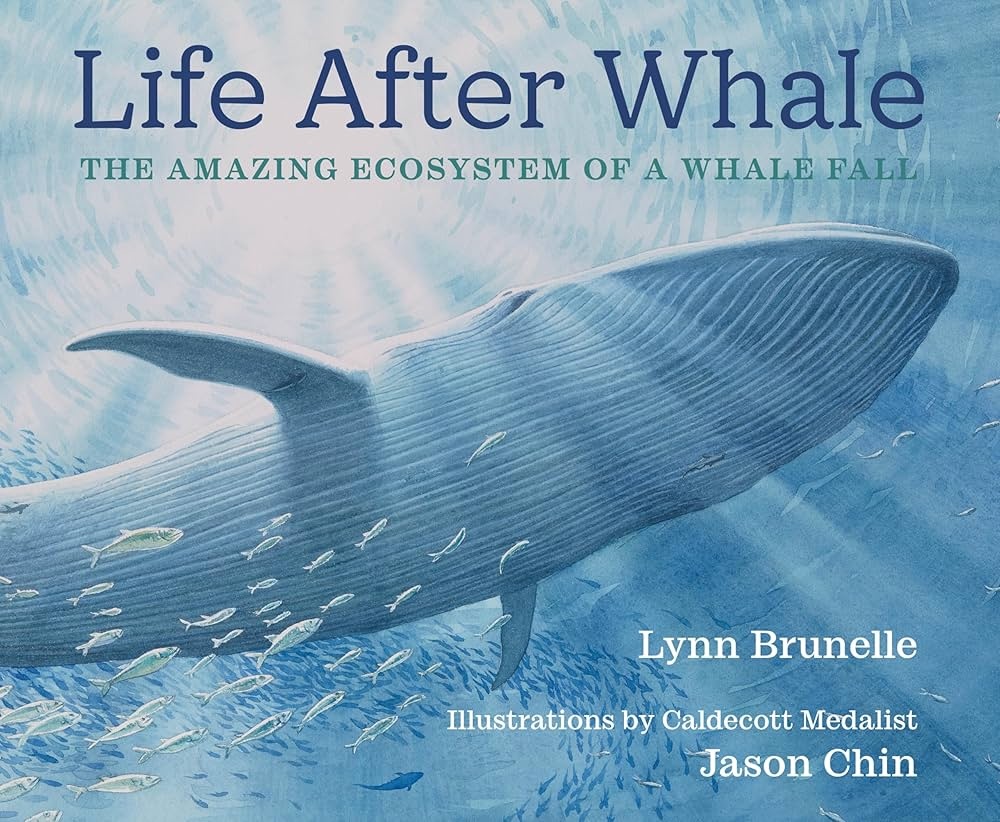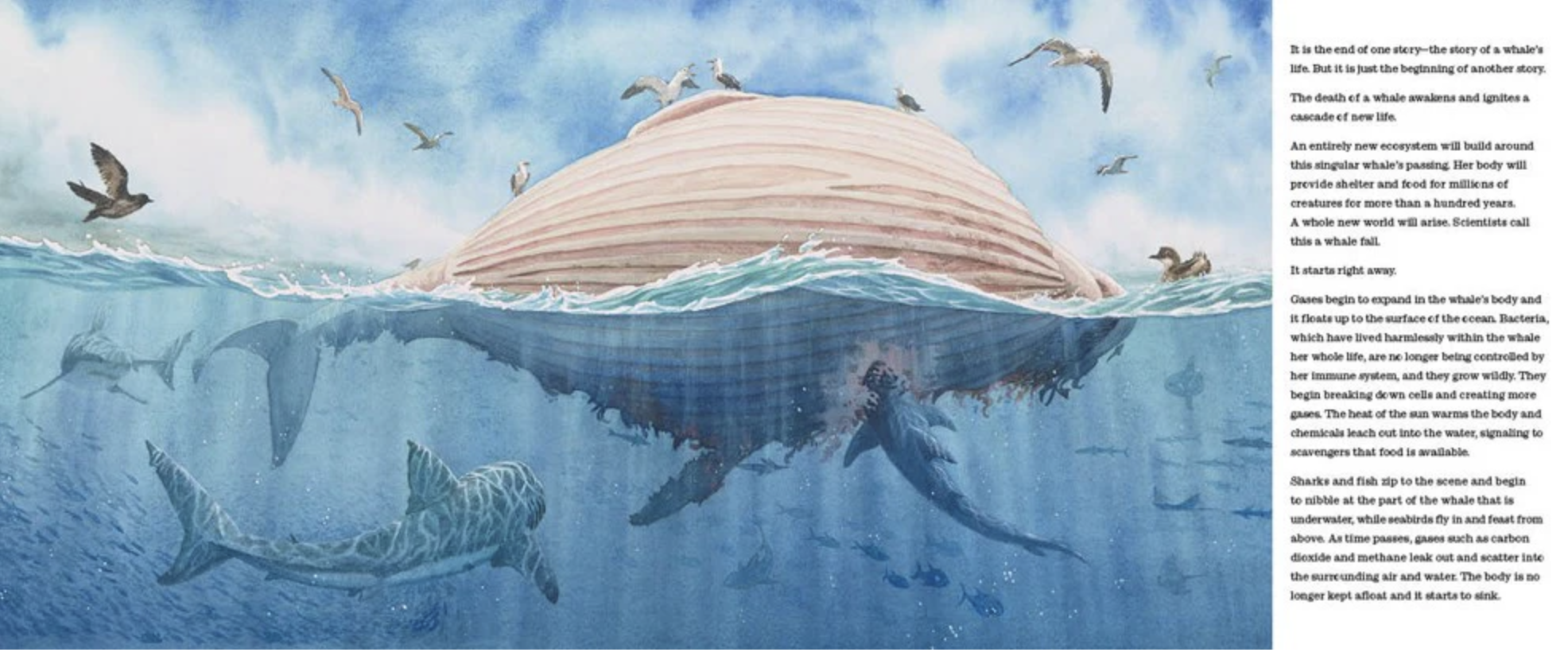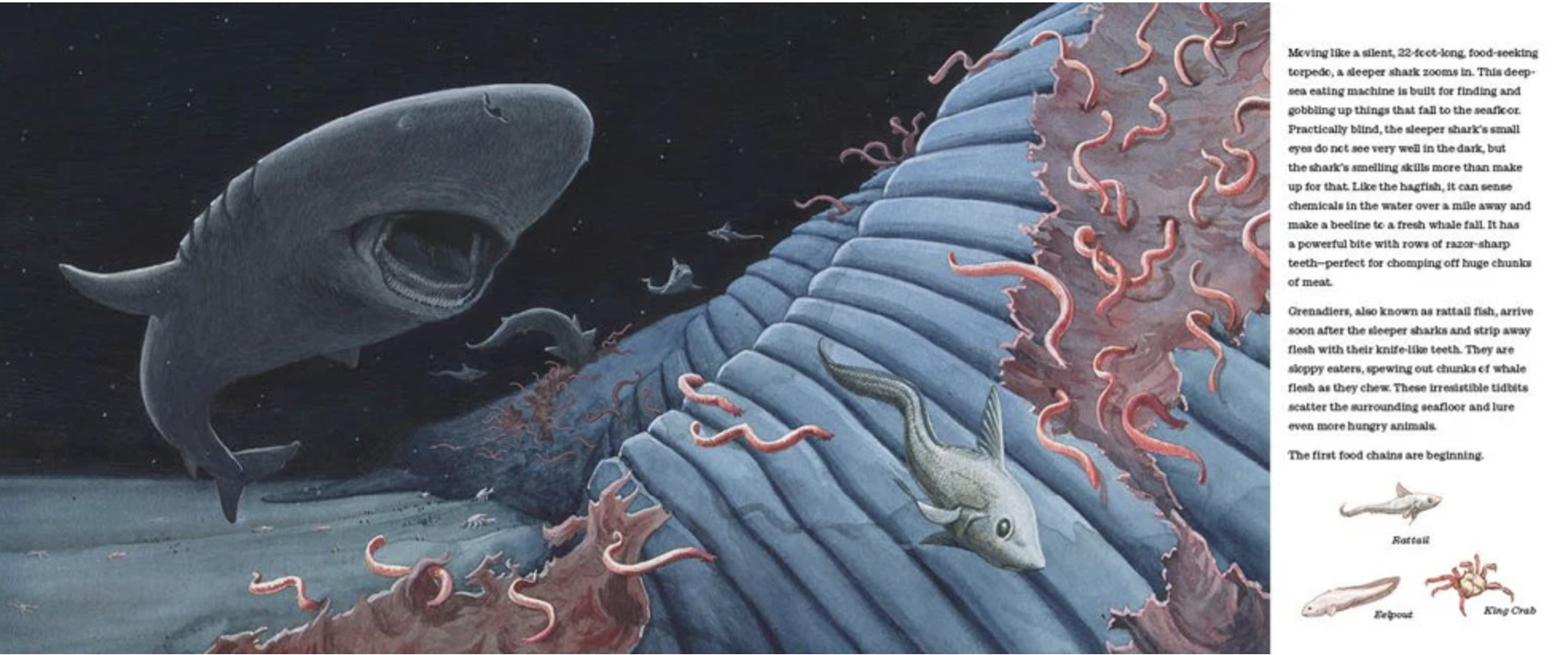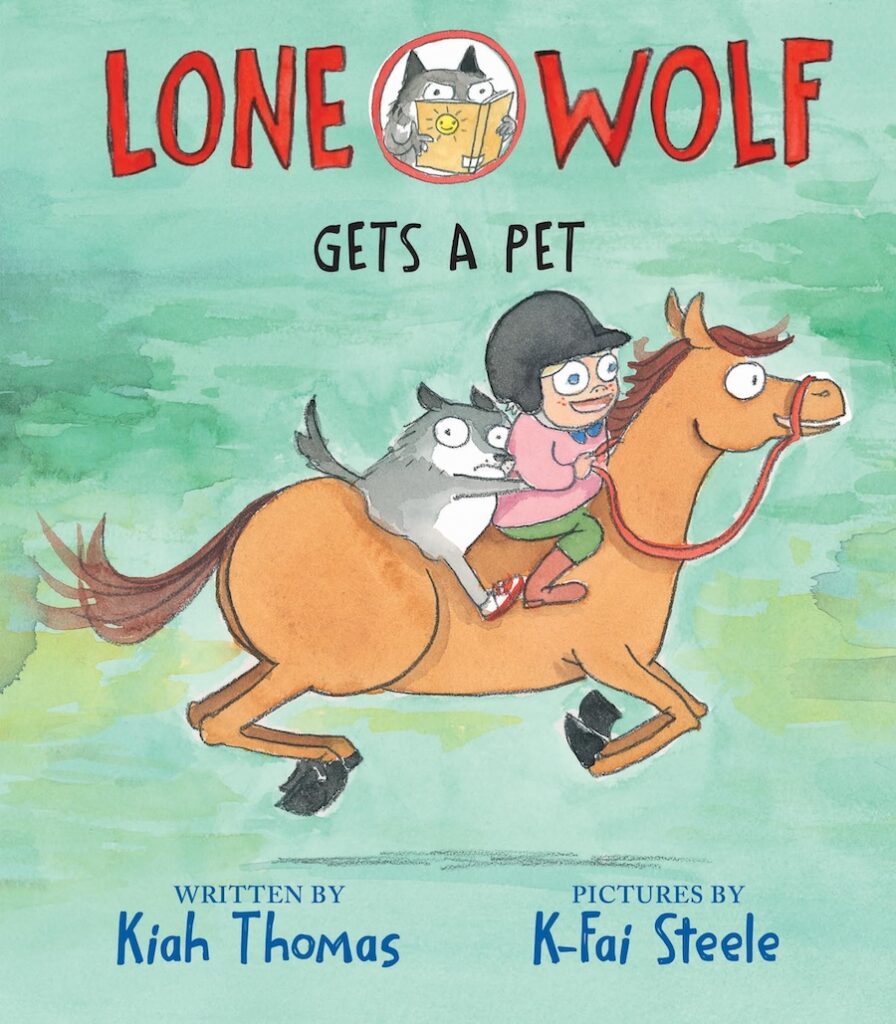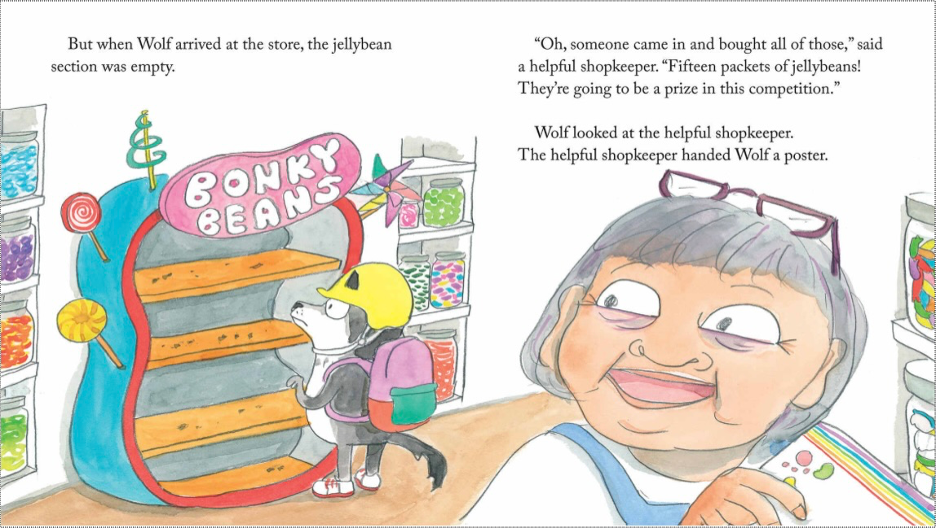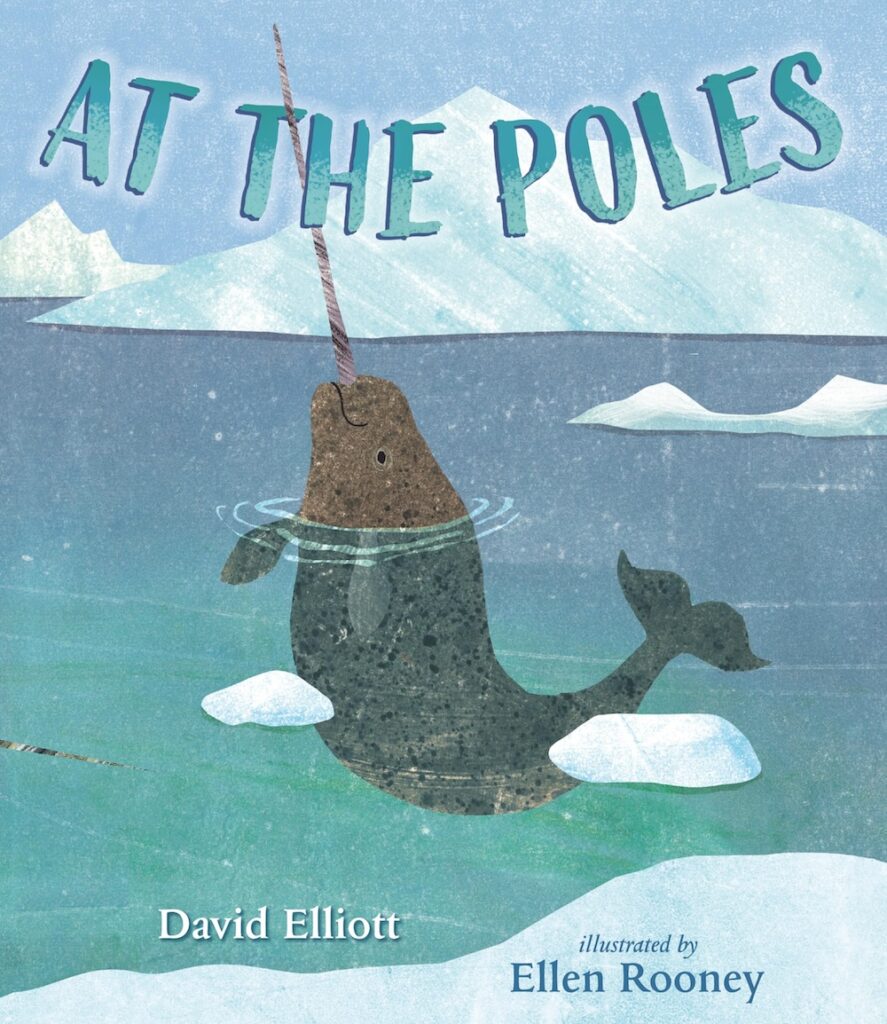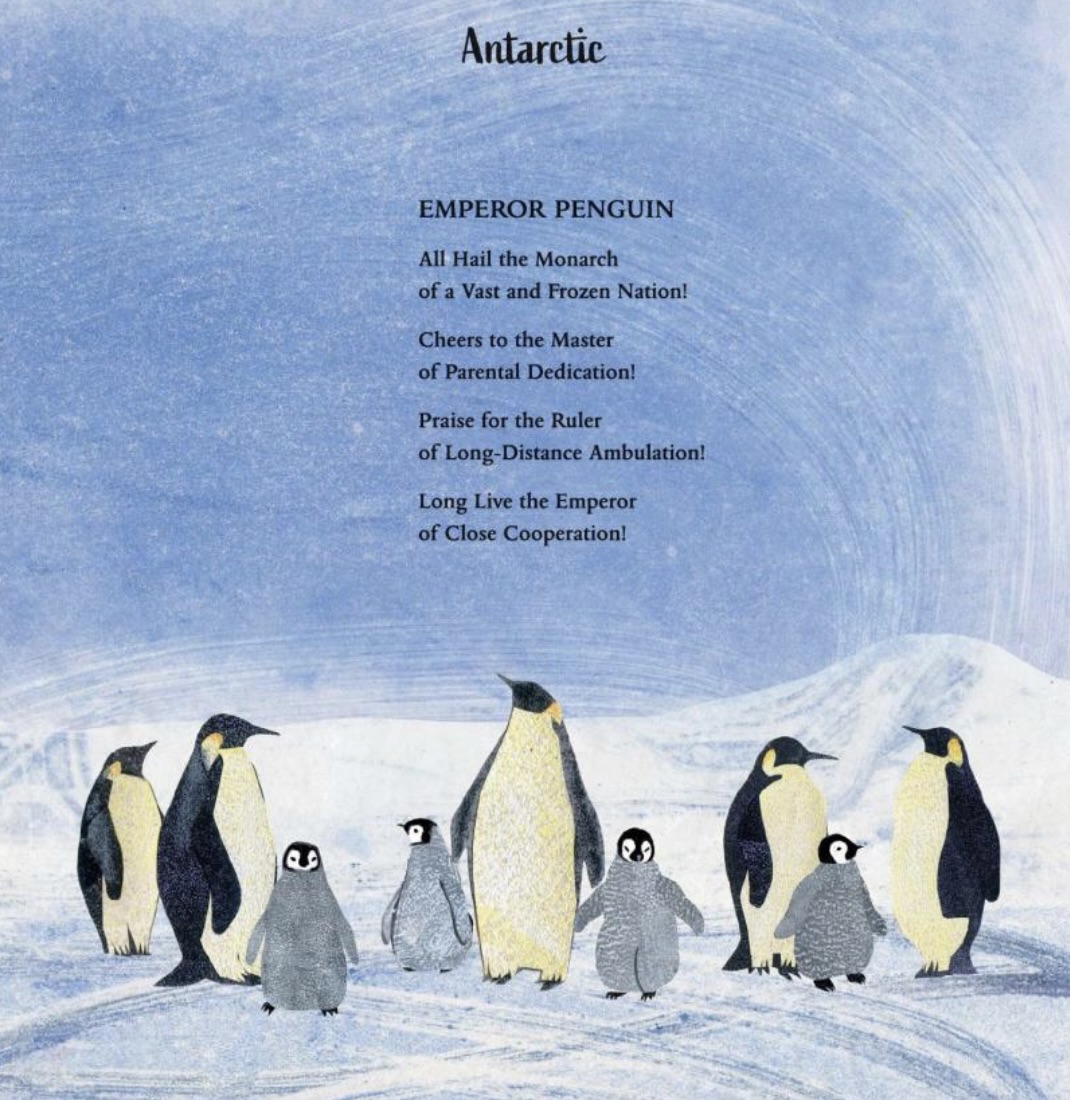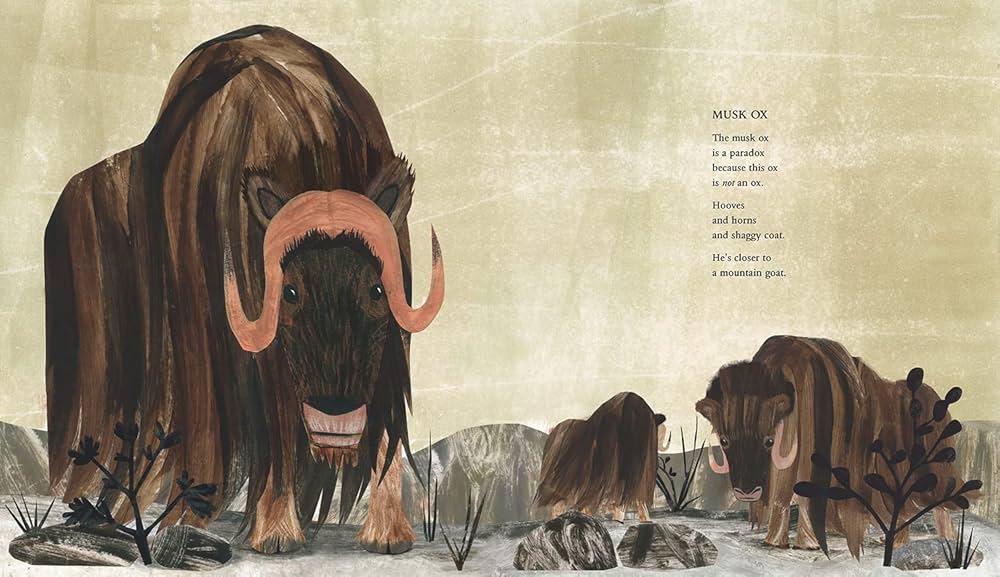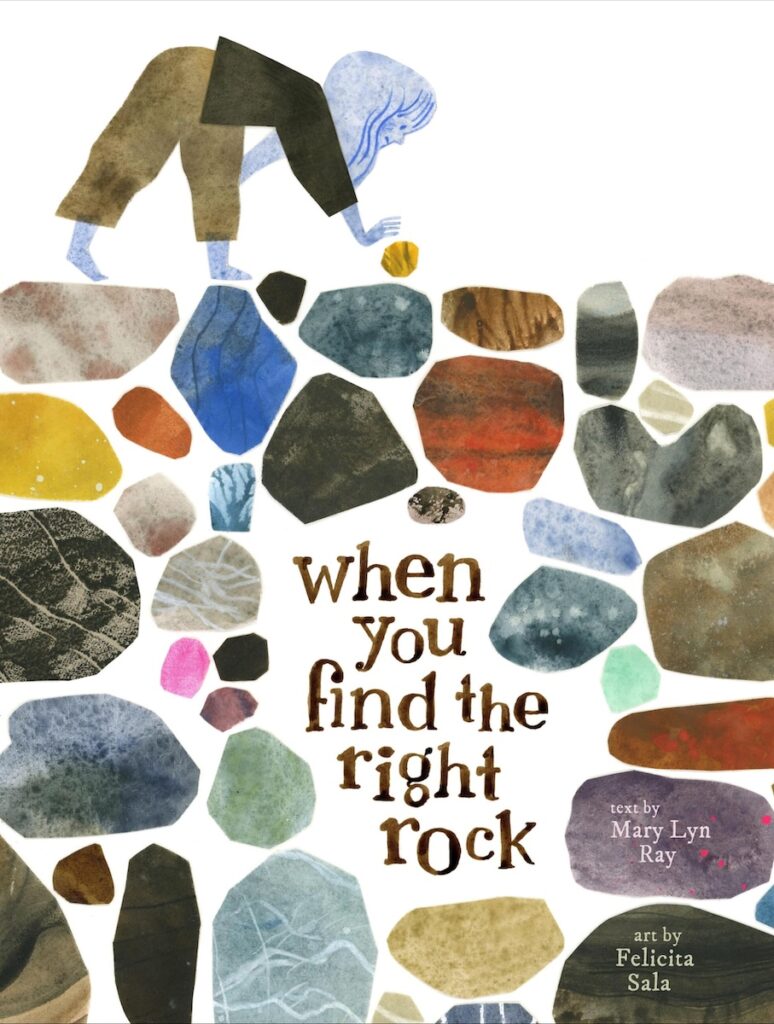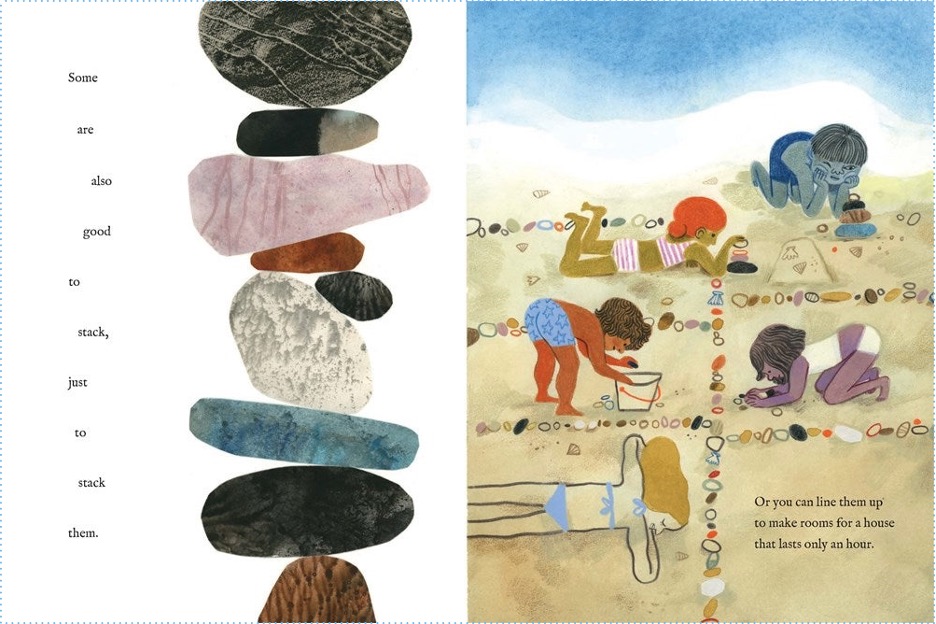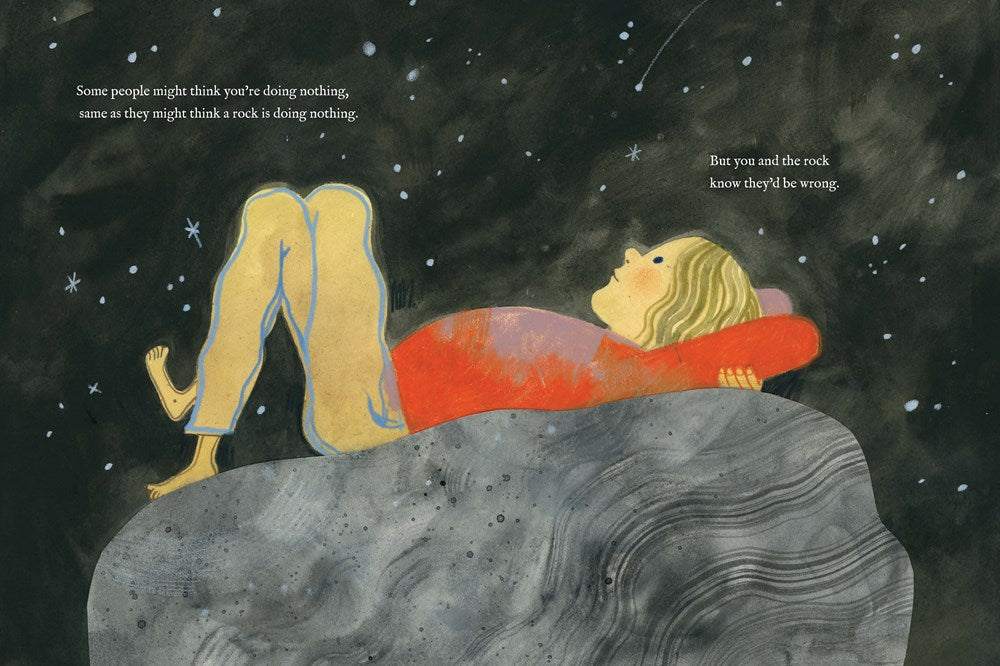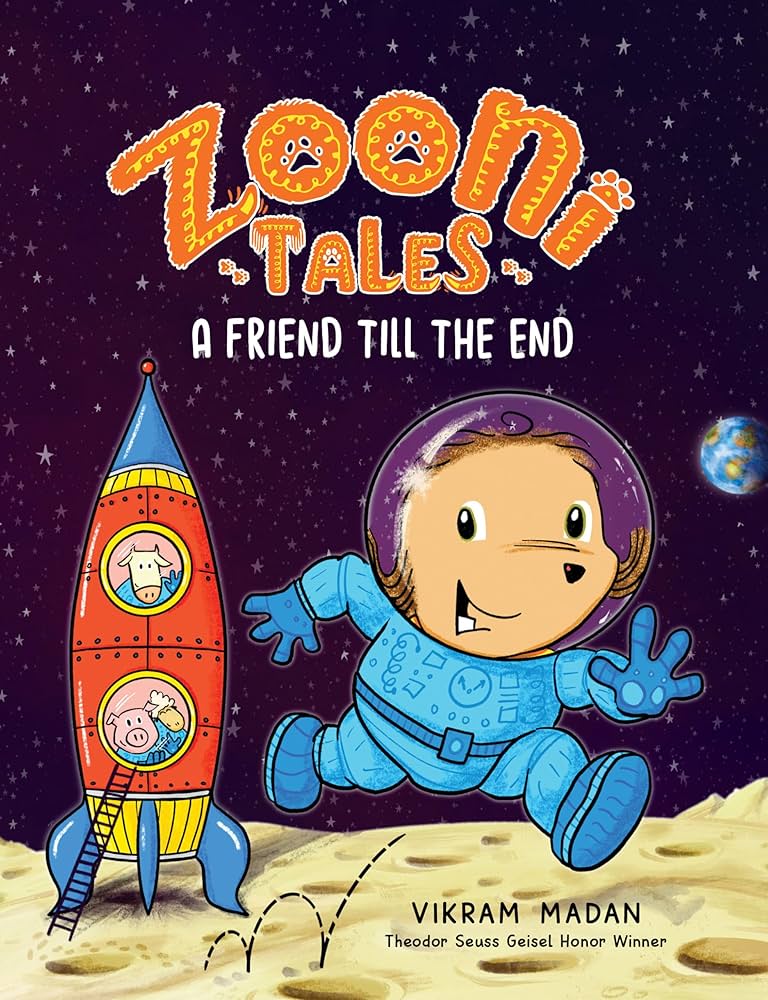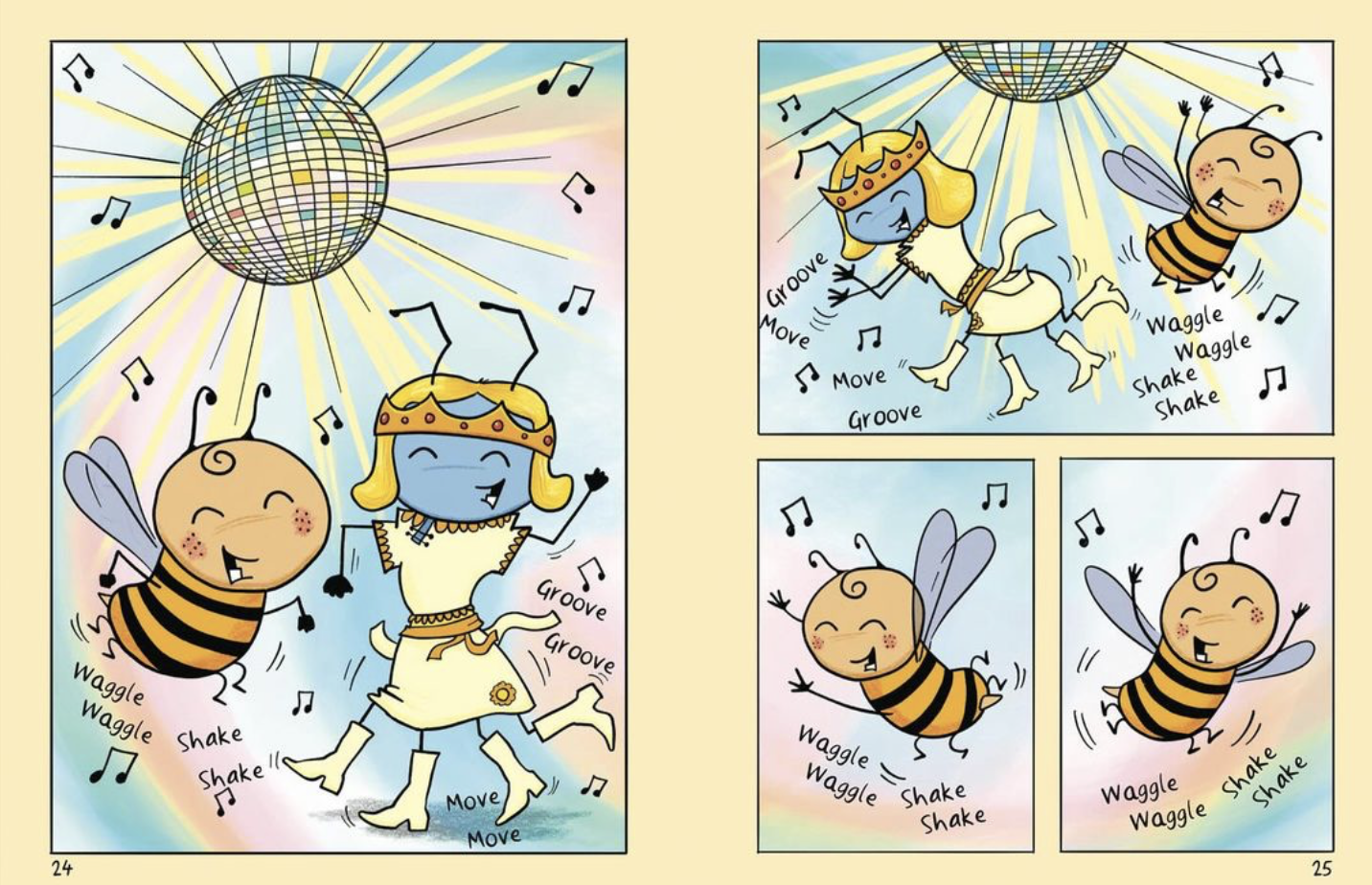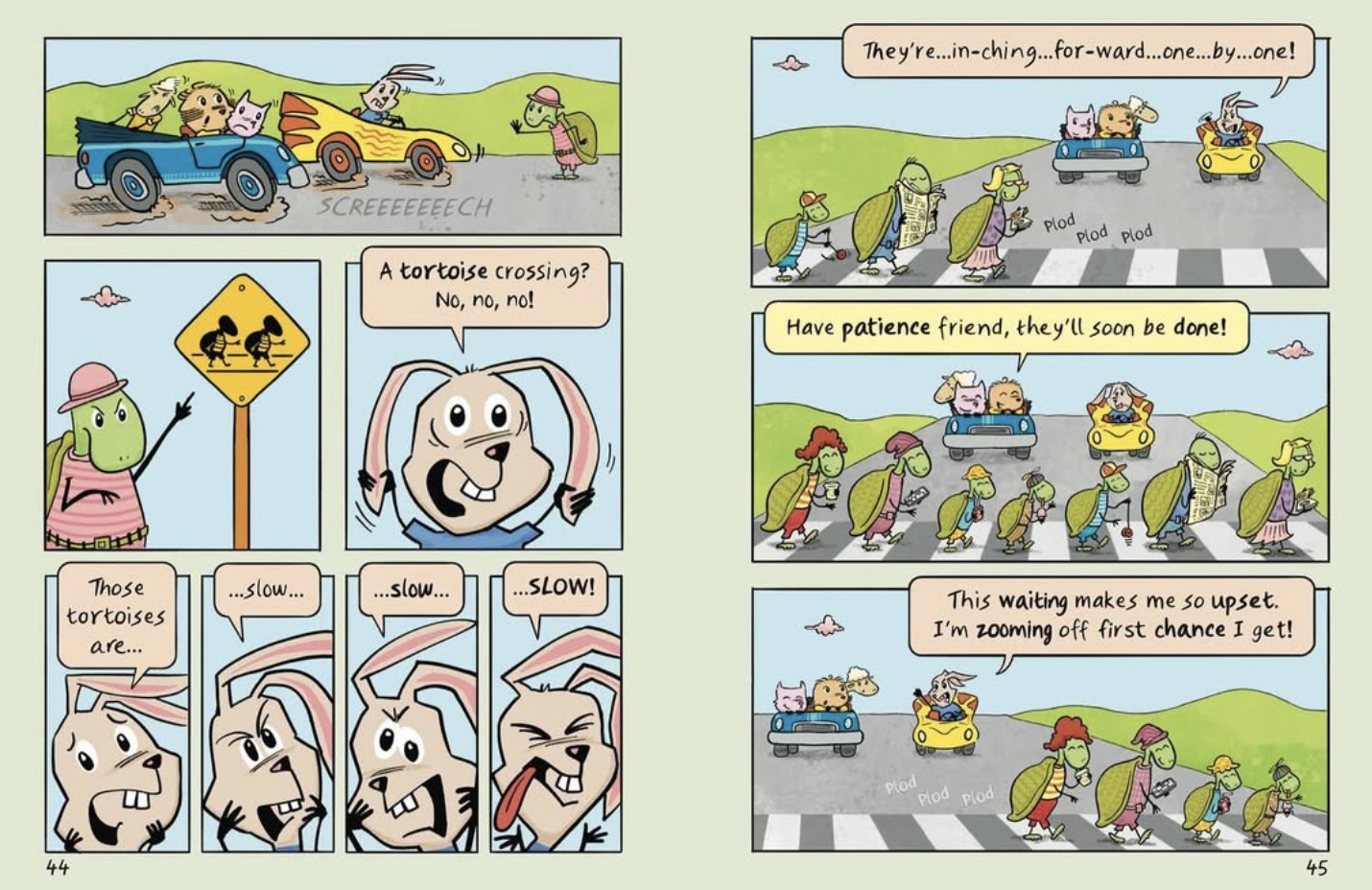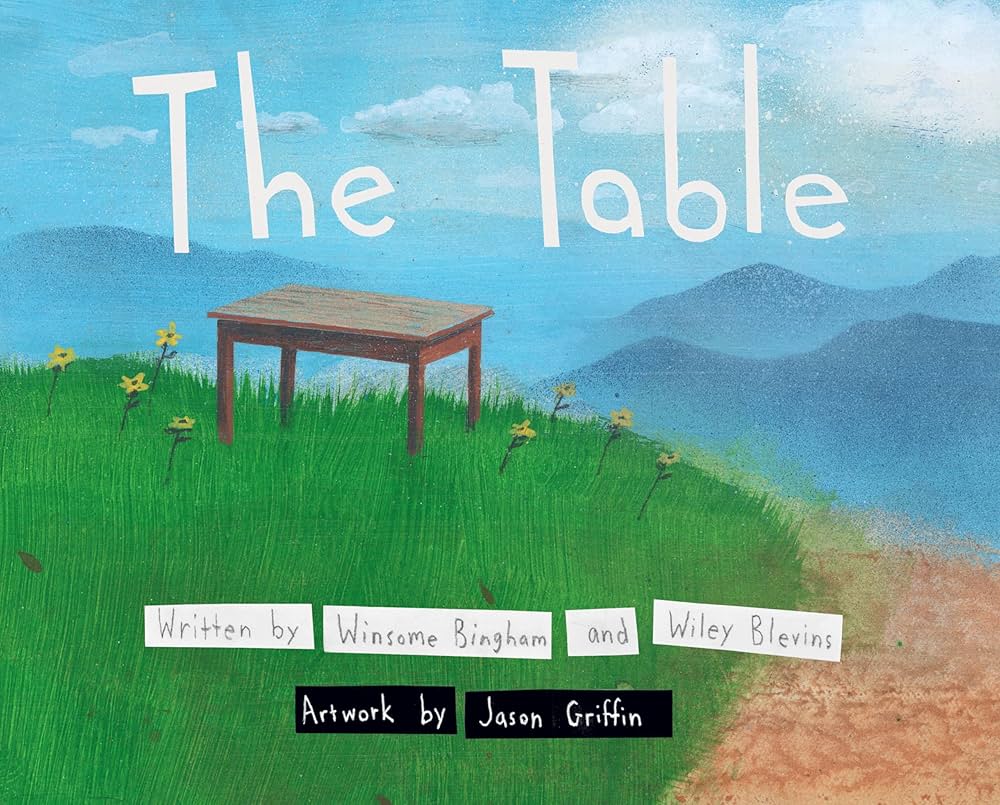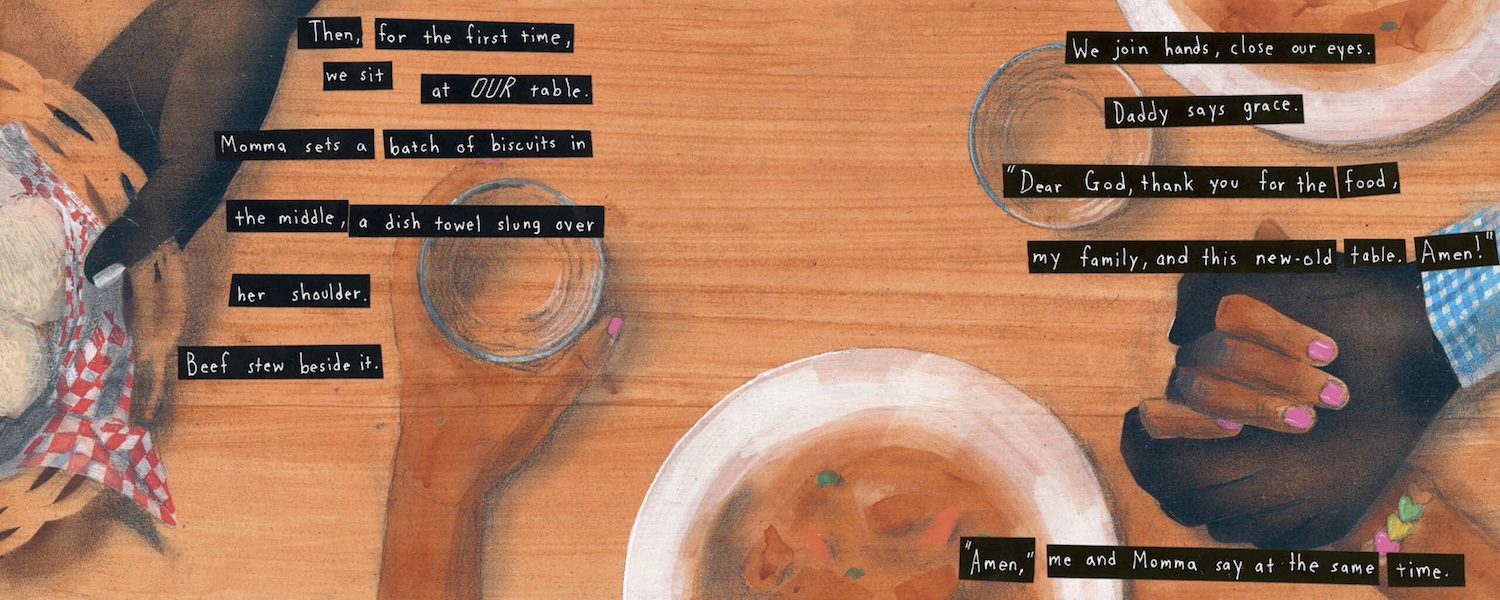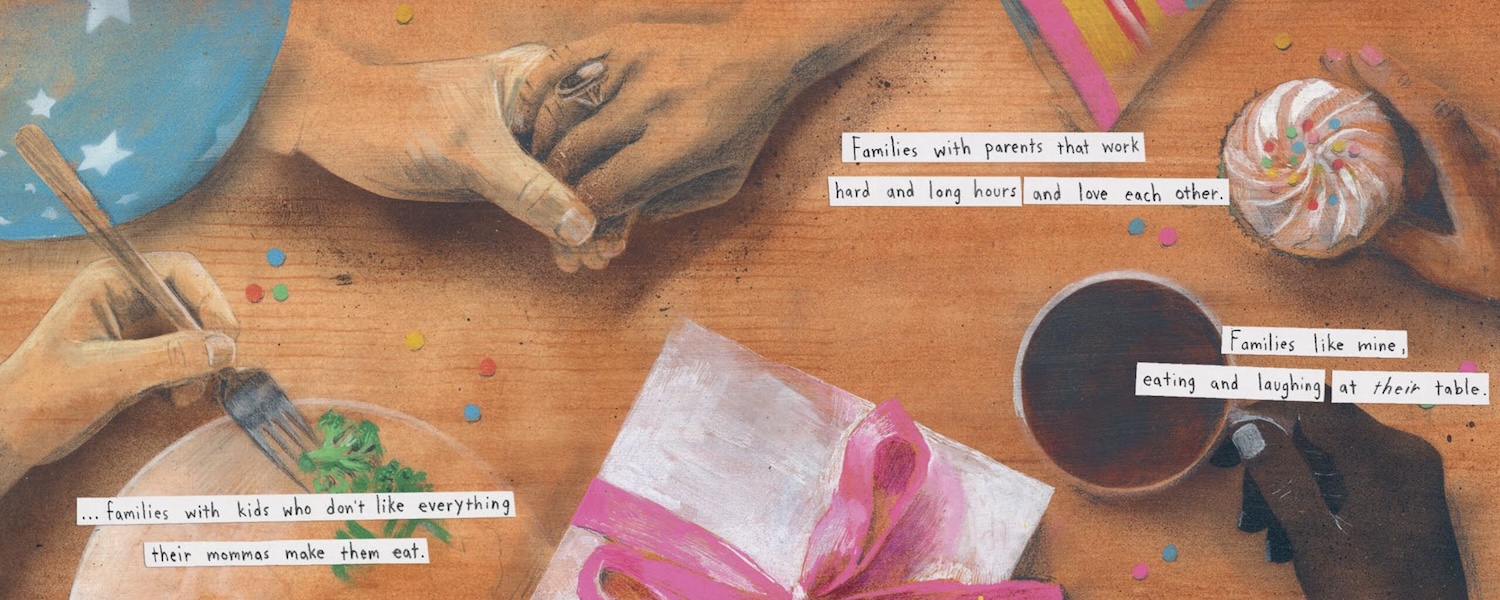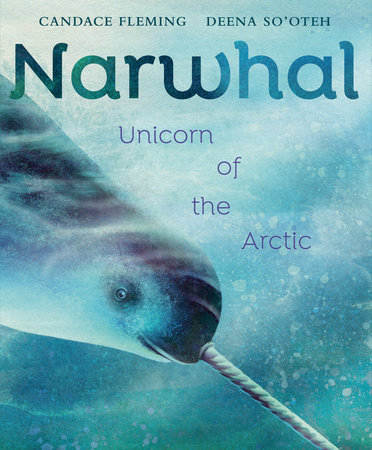
978-0593377789 | Anne Schwartz Books
If you’re a fan of nonfiction picture books about animals, you probably already know Candace Fleming‘s recent books: Sibert medal and NCTE Orbis Pictus honor winner HONEYBEE: The Busy Life of Apis Mellifera and other favorites such as POLAR BEAR and GIANT SQUID. Now, readers can add her most recent picture book, NARWHAL: Unicorn of the Arctic to the list.
What child would not be fascinated by these unique species of toothed whales whose long spiraled tusk sprouts from its upper left jaw? No wonder these mytical looking creatures are often referred to as the “unicorn of the sea.”
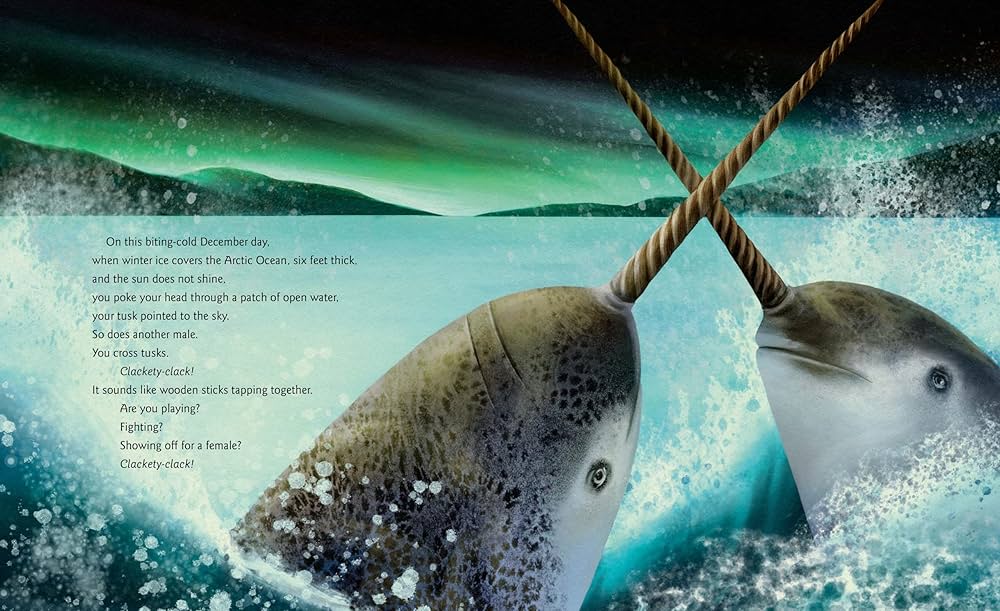
In winter months, narwhals live far from the shoreline, beneath the thick ice of freezing Artic waters. In summer, they migrate closer to shore, but eat less, having stored up energy reserves from winter feedings. Although there is much scientists don’t know about the narwhal, as technology advances, they are now able to track narwhals, adding to their knowledge of this stunning mammal. Partnering with Inuit and other indigenous communities, scientists are able to gain important insights into narwhal behavior and the ecology of the region.
Luminous illustrations by Deena So’Oteh pair well with Fleming’s trademark lyrical text, which is sure to send kids oneline and to the library to discover more information about these beautiful creatures.
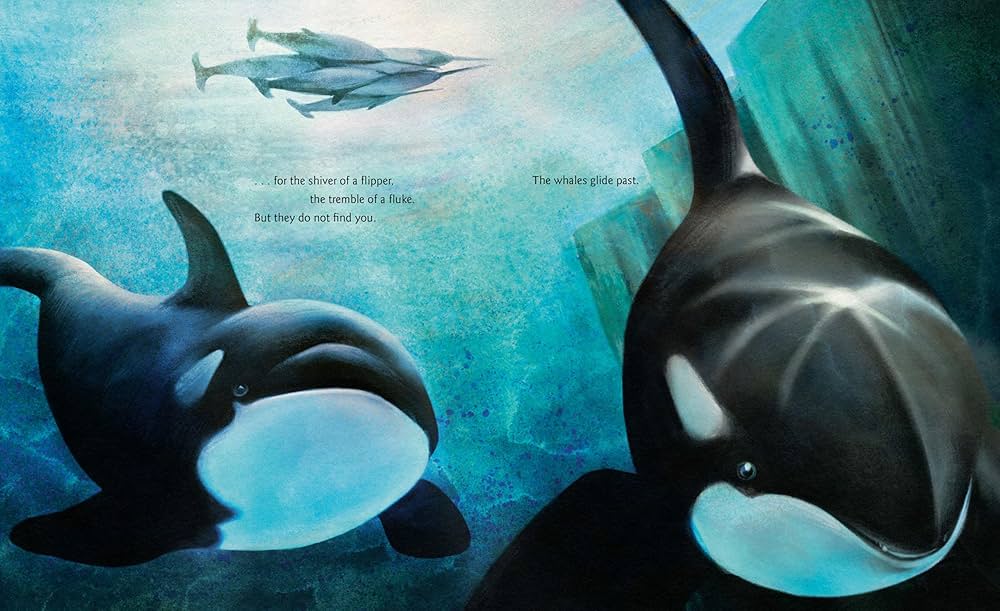
Enjoy:
- this INTERVIEW with the author about writing her latest nonfiction book
- and this ARTICLE from National Geographic Kids, which includes a video of a pod of narwhals.








